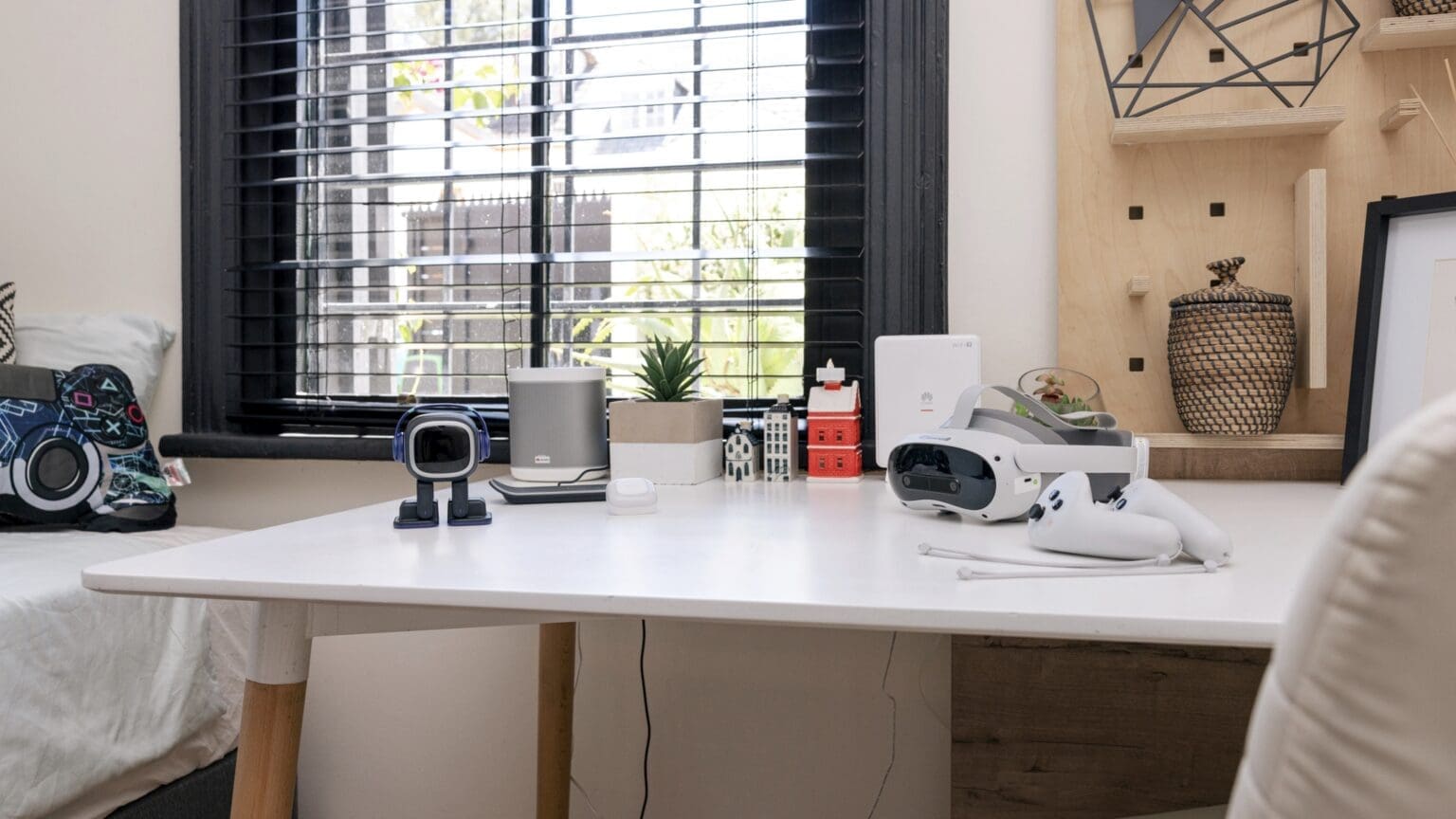Huawei used AfricaCom to showcase how its Fibre to the Room (FTTR) solutions are reshaping broadband into a full digital platform for homes and small businesses across Africa.
FTTR extends fibre from the front door into every room, supporting consistent high-speed Wi-Fi, smart-home applications and value-added services that operators can build into simple, managed offerings.
This as households and SMEs want strong Wi-Fi everywhere, with digital tools that make daily life easier. FTTR allows operators design services around those needs from whole-home coverage and smart apps to integrated SME bundles.
Fibre that follows people, room by room
Huawei’s FTTR architecture uses transparent fibre routed along walls into each room, ending in slim access points that deliver stable Wi-Fi where people actually work, stream and play. Because the fibre is almost invisible once installed, operators can scale dense, room-by-room connectivity without disrupting the look and feel of homes or small business premises.
This approach makes it possible for operators to offer whole-home fibre Wi-Fi packages, with dedicated in-room access points keeping performance consistent across bedrooms, studies and living areas. The network can comfortably support many devices running at the same time, whether for remote work, gaming or streaming, and it creates a ready platform for future smart-home services such as sensing and automation.
Turning the home network into something customers can see and control
A key part of Huawei’s FTTR solution is a customer app that gives households a live view of their home network. Instead of logging into complex router interfaces, users can enable guest Wi-Fi at the tap of a button, so they never have to share their main password during a party or family gathering. They can see exactly how many devices are connected, manage them in real time and update Wi-Fi names and passwords in a few simple steps.
If the connection feels slow or unstable, users can run an instant health check on their home network before calling support. Wi-Fi sensing capabilities also allow the system to detect movement patterns by analysing disturbances in wireless signals, opening the door to new security and smart-home use cases based on the same connectivity layer.
Managing dense fibre networks with better visibility
FTTR depends on dense fibre rollouts with passive splitters and boxes in buildings and neighborhoods, a layer of infrastructure that is often difficult to track and maintain. To address this, Huawei demonstrated a GIS-enabled fibre management platform that gives operators clearer visibility and control.
Using QR codes and a mobile app, technicians can capture GPS locations, photographs and port information for each passive box. This data feeds into a centralised map that shows which fibre cores are occupied and which remain available. AI-assisted tools then help estimate where along a route a fibre cut has occurred, guiding technicians directly to the problem area and dramatically reducing fault-finding time and unnecessary truck rolls.
“Travel-free” troubleshooting for customers
To reduce unnecessary on-site visits, Huawei’s FTTR solution includes a self-diagnostic “travel-free” feature. When a home network underperforms, the customer simply scans a QR code on the device. This launches a guided diagnostic that checks the Wi-Fi environment and access status.
For simple issues, the system automatically optimises Wi-Fi settings in the background, improving performance without the customer needing technical knowledge. Where the problem is more complex, the diagnostic generates a clear report that can be shared with the operator’s support team. This gives call-centre agents a more precise starting point, shortens the time from complaint to resolution and improves the overall support experience.
From broadband line to SME service bundle
For small businesses, Huawei showcased an FTTR-based all-in-one device that combines connectivity with local digital services. On a single platform, operators can provide high-speed fibre broadband and in-store Wi-Fi, together with on-site storage for photos and video that remains in the premises rather than moving into the public cloud.
The solution supports user permissions and the separation of personal and shared content, making it easier for staff to collaborate while still protecting private material. Basic attendance and workforce tracking tools can be layered onto the same device, and there is a path to integrate point-of-sale and other business applications through operator and partner ecosystems.
For a café, salon or small retailer, this means one monthly service from the operator can cover connectivity and core digital tools, without the need to manage multiple vendors or complicated technology choices.
FTTR is an infrastructure upgrade and a product design opportunity, it enables whole-home Wi-Fi, smarter operations and new SME services on one platform. That is where the next wave of broadband value will come from.

